What Am I Allowed to Build in My Garden? A Friendly Guide
Are you looking to add an outdoor office, a cozy shed, or even a garden room to your yard? You can build on your property as long as you follow specific rules and regulations. For instance, garden buildings shouldn’t be more than one storey or have eaves higher than 2.5 meters. Also, the height can’t exceed 4 meters for a dual-pitched roof or 3 meters for other roof types if they are within 2 meters of the boundary of your property.
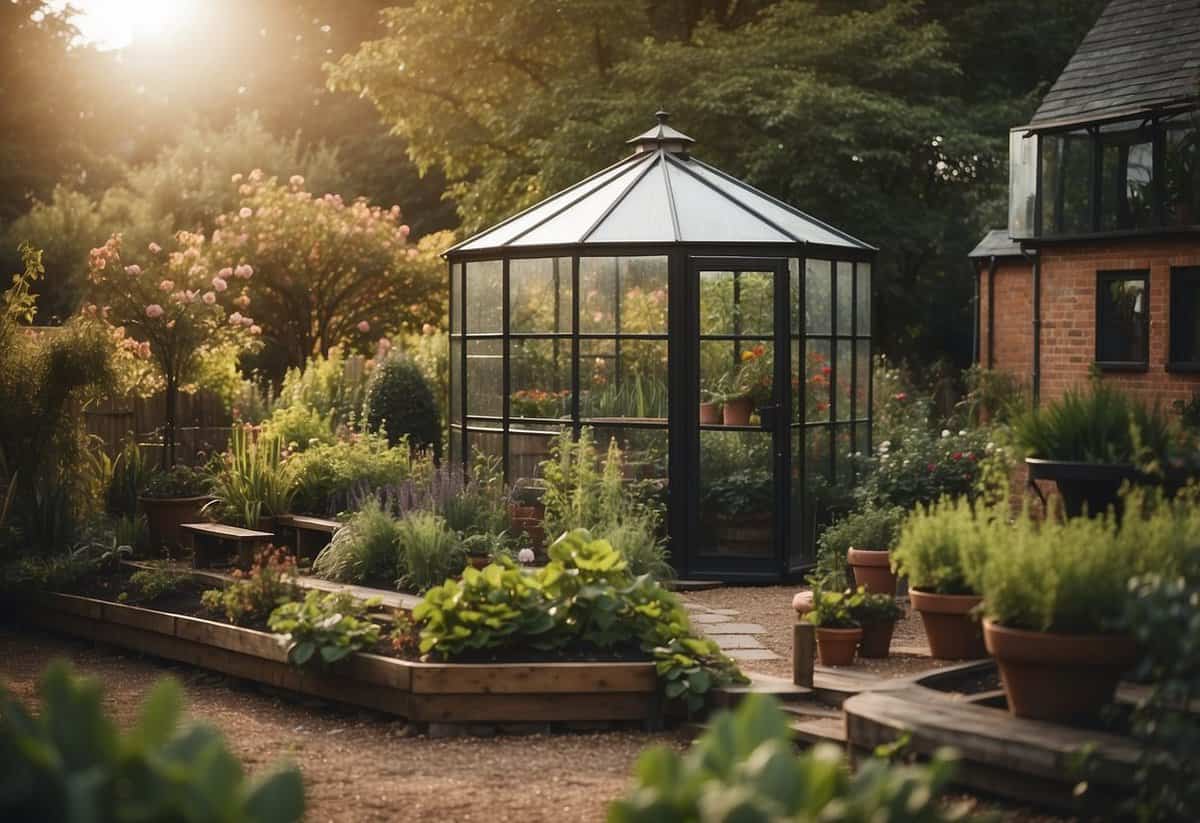
If your new garden structure is going to be within 2 meters of any boundary, it shouldn’t be taller than 2.5 meters. Besides, the building shouldn’t take up more than 50 percent of the land around your house, including any existing sheds or outbuildings. Be mindful of these restrictions to avoid any issues with local authorities.
It’s also good to check with your local council or homeowners’ association (HOA) if there are additional rules. HOAs can sometimes have strict regulations about garden buildings. If their bylaws seem restrictive, try connecting with neighbors who might support your ideas. They can help you appeal for more flexible rules, making your garden dreams come true!
Understanding Garden Building Regulations
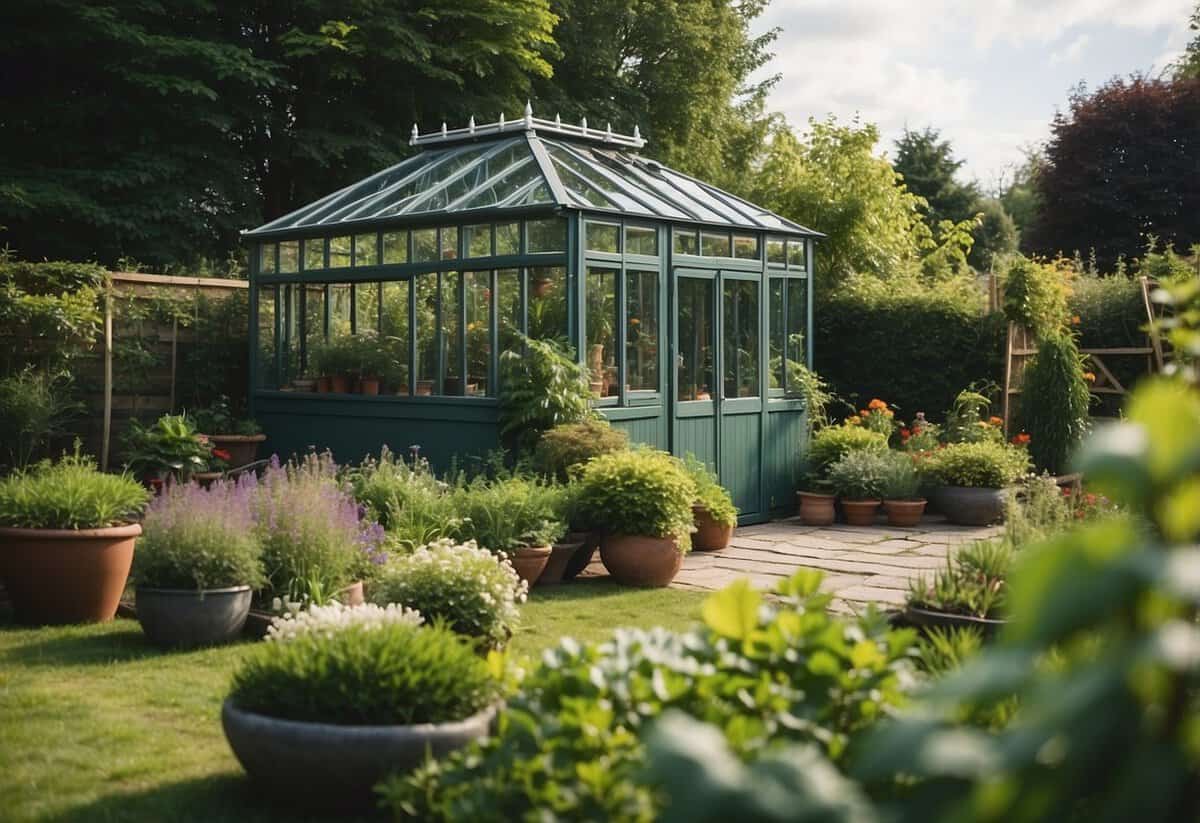
Understanding garden building regulations will help you navigate the rules, avoid fines, and maintain good relationships with your neighbors. Regulations often cover zoning laws, planning permissions, and boundaries.
Zoning and Permitted Development Rights
Zoning laws determine what you can build in different areas. They vary by location, so it’s important to check local codes. Some zoning laws allow for small structures without permits.
Permitted development rights let you build certain structures without planning permission. This includes sheds, greenhouses, and small home offices. However, these buildings must meet specific size and use restrictions.
For instance, a garden building can’t take up more than 50% of the land around the house. If your shed takes up 20%, a new building shouldn’t exceed 30%.
The Importance of Planning Permission
Planning permission is often required for larger garden buildings. You need to apply for this from your local council before construction begins. This ensures your project complies with local regulations.
Without planning permission, you could face fines or be forced to take down the building. Factors such as the height, purpose, and location of the building often affect whether you need permission.
Garden buildings with a dual-pitched roof can’t be taller than 4.0 meters. Single-pitched roofs have a maximum height of 3.0 meters.
Boundaries and Neighbors
When building near property lines, consider your neighbors’ rights and the boundary rules. Buildings over 2.5 meters high must be at least 2 meters away from any boundary. The Rights of Light Act guarantees that new buildings can’t block existing light to neighboring properties.
Boundary disputes can arise if you’re too close to the property line. Always discuss your plans with neighbors to avoid conflicts. Some projects may also need a party wall agreement, which protects shared walls.
Following these guidelines can help ensure your garden building project is smooth and conflict-free.
Types of Garden Buildings and Structures
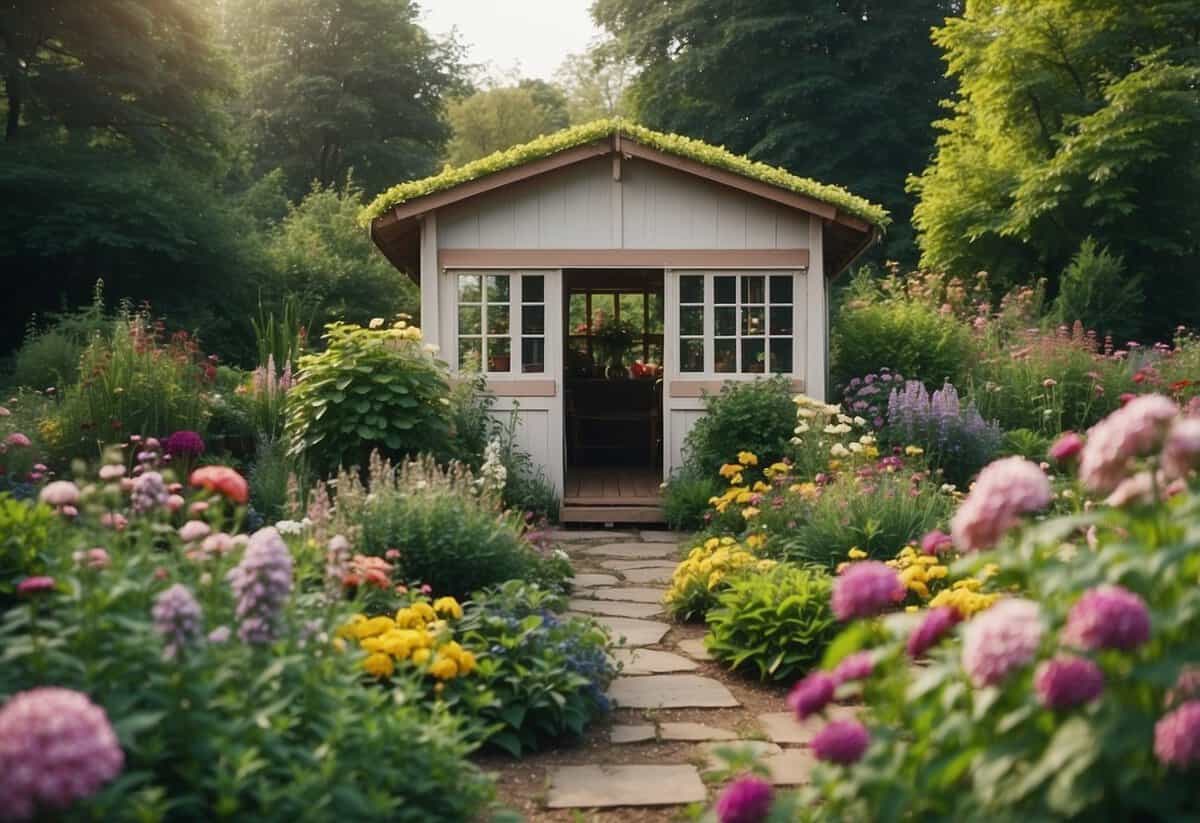
When planning to build in your garden, it’s important to know about different types of buildings and structures you can include. This can range from simple sheds to more complex garden rooms and outbuildings.
From Sheds to Summerhouses
Sheds are one of the most common garden buildings. They are usually used for storage and can be made from wood, plastic, or metal. Depending on local rules, you may need permission if the shed is too large or placed near the property line.
Summerhouses provide more space and functionality. They can serve as comfortable retreats during warmer months. Designs vary from simple to more elaborate structures with glass panels to enjoy garden views. Though larger than sheds, summerhouses often have height and boundary restrictions.
For maximum use, consider garden rooms. These buildings are suitable for activities like reading, relaxing, or even as a home office. With insulated walls and proper windows, a garden room can be a practical addition without the need for planning permission, provided they meet size and height limits.
Outbuildings and Extensions
Outbuildings such as garages and log cabins generally require more planning. These are larger and may need solid foundations. They can be used for various purposes, including parking, workshops, or additional living space. Depending on the size and proximity to your home, you might need to get planning approval.
If you’re interested in an extension, it often involves connecting a new building to your existing home. Extensions can add significant living space, such as a new bedroom or larger kitchen. Before you start, review local building codes and property guidelines, especially if your home is on designated land or within a conservation area. Some areas might have special rules that you must follow.
Careful planning will ensure your outbuildings and extensions are functional and comply with local regulations.
Design and Appearance Guidelines
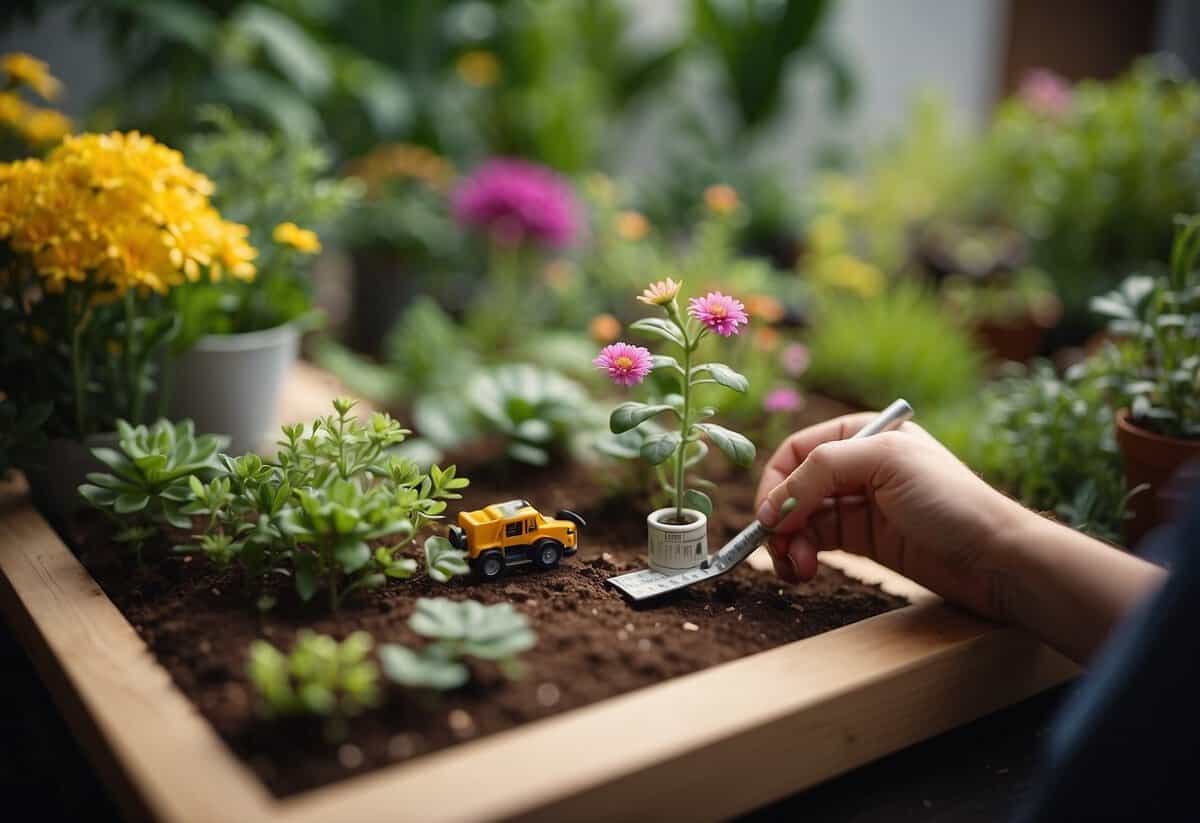
When planning to build in your garden, it is crucial to consider existing structures and maintain privacy and aesthetics. Understanding these aspects helps ensure your new addition harmonizes with your current property and complies with regulations.
Considering the Existing Property and Land
Look at your garden’s current layout and structures to ensure any new building fits well. Think about the size and height of the new building. Make sure it does not exceed 2.5 meters in height if it is within 2 meters of the boundary of your property. If the new building will have a dual-pitched roof, the maximum height can be up to 4 meters.
Curtilage refers to the land around your original house. Your new building should not take up more than 50% of this land. This includes existing structures like sheds or greenhouses. In conservation areas or national parks, you may need additional permissions for structures near the property’s principal elevation. Consult an architect if unsure about specific rules for your area.
Windows and doors need to be strategically placed to enhance appearance without compromising privacy. Avoid building verandas, raised platforms, or balconies that could overlook your neighbor’s property.
Maintaining Privacy and Aesthetics
Privacy is key in garden buildings. Place windows and balconies where they won’t face directly into a neighbor’s windows or garden spaces. If privacy is a concern, consider using frosted glass or installing screens and fencing to block views.
Maintain the garden’s overall aesthetic by matching the design and materials with the main house. Use similar colors, textures, and roof types to create a unified look. For example, if your home has a brick exterior, using similar bricks for the garden building helps it blend in.
Consider the building’s eaves and how they will impact shadowing and overall appearance. Structures with excessive height or protruding eaves may look out of place or block sunlight. Make sure your garden building enhances the garden’s beauty while respecting local building regulations. In areas of outstanding natural beauty, extra care is needed to preserve the landscape’s character.
Legal and Tax Implications of Garden Construction

When building in your garden, you must consider legal aspects and tax matters. These can affect what you are allowed to construct and may impact costs and potential disputes.
Navigating Laws and Taxation
Planning permission is often required for garden constructions. You might need a planning consultant to help navigate local regulations. Building regulations ensure that your structure meets safety standards. Some constructions, like listed buildings, have strict rules.
For tax, if you build a garden office, you might be eligible for certain deductions. Capital gains tax may apply if the building increases property value and you sell it. Keep receipts for construction costs, as they can be useful for tax purposes.
Businesses using garden buildings can claim some expenses, like repairs and renovations. However, not all expenditures qualify for relief, so consult with an accountant.
Resolving Disputes and Understanding Your Rights
Building in your garden may lead to boundary disputes with neighbors. Understanding your property lines can prevent conflicts. Privacy issues are also key, especially with raised structures that overlook neighboring properties. Address these concerns early to avoid problems.
If your property is listed, you’ll need additional approvals for any modifications. Not adhering to these rules can result in fines or having to undo changes. Always check the legal requirements before starting any construction.
In summary, knowing your rights and responsibilities can help you avoid disputes and legal issues while building in your garden. If conflicts arise, a planning consultant or legal advisor can provide guidance.
Maximizing Your Garden’s Potential
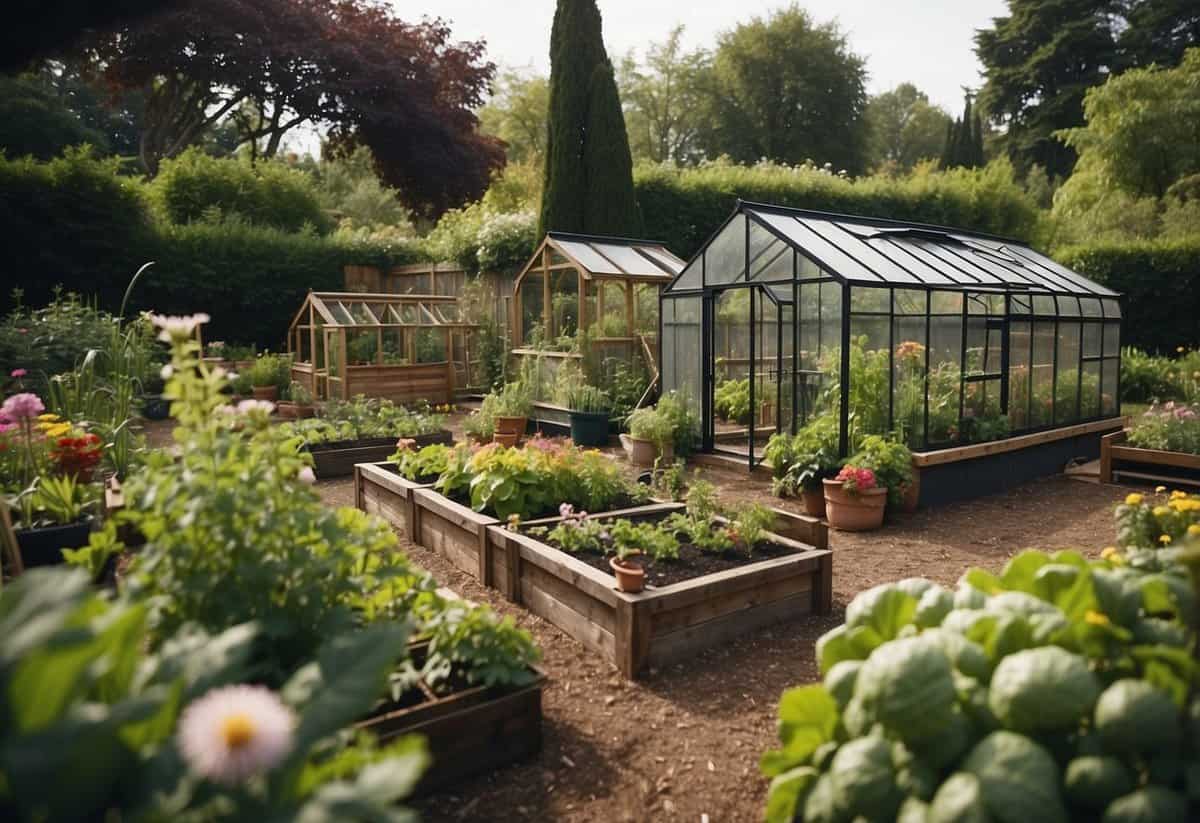
Making the most of your garden space involves using both creative and practical ideas. By considering different building projects and incorporating smart design tips, you can transform your garden into a productive and enjoyable area.
Creative Ideas for Your Garden Space
Consider adding a pond or broads to attract wildlife and enhance the natural beauty of your garden. Water features can create a peaceful atmosphere and support local ecosystems. If your space allows, planting trees not only provides shade but also adds vertical interest.
A garden plot can be used to grow your own vegetables and herbs. This setup not only maximizes space but also provides fresh produce. For socializing, think about constructing an outdoor building like a garden shed with sufficient internal size for gatherings.
In tight spaces, adding hedges can create private areas. Use them as natural dividers. For a place to relax or even sleep, a well-designed structure with a low eave height can serve as a cozy retreat.
Practical Tips for Self-Build Projects
When planning a self-build project, you first need to check local regulations to ensure that your project adheres to Class E building guidelines. These include restrictions on building size, height, and placement within your property. Staying informed can save you time and money.
Before starting, conduct surveys to understand your garden’s layout and soil condition. This information helps in identifying suitable locations for structures like sheds or ponds.
Opt for modular and simple designs to make the building process easier. Use quality materials to ensure durability and safety. Subscribing to a newsletter on self-building can provide you with ongoing tips and new ideas.
Incorporating self-building techniques can save costs and give you the satisfaction of creating your own space. Make sure to prioritize both functionality and aesthetics to truly maximize your garden’s potential.







